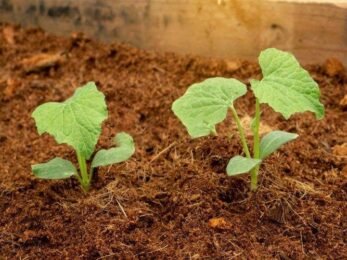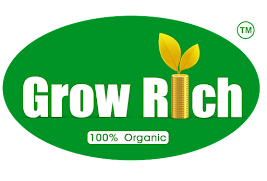Coco peat: Its Benefits & Advantage [2023]
Coco peat: Its Benefits & Advantage [2023]


Is Cocopeat formed naturally or manufactured?
Cocopeat soil is made from the pith of coconut husks. In addition to being an excellent seed starter, it is also used in rugs, ropes, brushes, and stuffing. Additionally, coco peat can be used as a soil enhancer, a gardening mix, and a hydroponic system.
It is environmentally friendly to use coco coir as it is reusable. After rinsing and straining, it will work perfectly again. Compared to the soil, coco peat retains much more water and releases it slowly to plant roots. A fine powder is made from the husks of coconuts ground into cocopeat. Afterwards, the powder is mixed with water and formed into pellets. The pellets are then dried in the sun or a kiln. This material is environmentally conscious, unlike peat moss, which is a non-renewable resource. Cocopeat is a 100% natural product. It is becoming popular for soilless cultivation, which is known as hydroponics. Hydroponics is gaining popularity in the form of in-house gardens and rooftop gardens. Hydroponic Farming fits right in every time agriculture is designed with a space of technology.
Uses of Cocopeat in Hydroponics
- The growth rate of hydroponic plants is much faster than that of soil plants. It doesn’t take long for us to see the results of our cultivation, such as fruits, vegetables, etc.
- It is very beneficial for the environment
- Less space leads to more production
- Requires comparatively less water
- This is a very hygienic way to utilise the small spaces in our apartments nowadays and turn them into stunning gardens. It is a benefit for your health.
Types of Cocopeat for plants
You can use Cocopeat, just like peat moss. It comes in the following forms:
- Cocobrick / Cocofibre – Cocopeat is compressed into a brick shape. These have to be soaked to break them apart. A Brick-shaped cocopeat allows oxygen to penetrate a plant root system, helping the plant grow faster. This is appropriate for gardeners who want space-saving, like balconies, small flats, etc. It is mixed with compost, sand, and fertiliser to make good-quality potting soil.
- Coir dust – Coir Dust can hold 8-9 times more water than its weight and then releases the water to the plant with the help of feeding roots. It is used to grow many exotic plants, such as ferns, orchids, bromeliads, and anthurium.
- Coco chips – These are small chunks of coir. They are mixed with coco peat or added to potting soil to regulate the aeration of growing plants and maintain the ideal air-to-moisture ratio for plant roots.
By using a combination of chips, coir dust, and the cocopeat bricks, you can tailor-make the type of medium that each variety of plant requires.
What are the benefits of Cocopeat over traditional peat?
The fibrous part of the coconut husk is dipped in pits to soften. Then the coir fiber is extracted after beating it to manufacture door mats, ropes, upholstery, car seats, mattresses, carpets, insulation, brushes, and bristle brooms. Cocopeat used for plants is also called coir. It is readily available and used as a traditional liner for wire baskets.
Potting soil is very easy and available in ready-to-use form, but it has certain drawbacks as it is taken from the ground. There is often a lack of drainage, and peat is removed from the ground and can cause environmental damage. An excellent alternative is coco peat soil. In addition to recycling a discarded product, planting in coco peat provides many benefits.
Cocopeat increases the porosity of the potting mix. As a result, the soil will become more airy and loose, which will help the roots to grow more effectively. A plant’s development is aided by its roots growing correctly. A plant’s porosity capacity facilitates the maintenance of its water capacity. The packaging can be compressed into one-fifth of its volume or less, significantly reducing transportation, storage, and handling costs. Compression can be quickly done in various shapes and sizes as per the requirement. It contains natural Trichoderma, a bioagent that fights harmful pathogens. Bacteria do not thrive in this environment. Additionally, it is a renewable media for plantation purposes.
Properties of Cocopeat
- Cocopeat blocks and bricks can hold water efficiently
- It is organic and biodegradable with a life span of 3-4 years
- It is free from pathogens, stones, weed seeds, and harmful microorganisms, thus being an apartment-friendly choice.
- Dry coco peat can also be used as a water or oil absorbent on wet floors being a good absorbent.
- It is a 100% naturally growing medium that is slow to decompose and biodegradable.
- It also increases aeration and water retention, improves soil texture and productivity, reduces root disks and is less messy.



Comments
Post a Comment